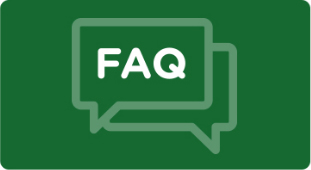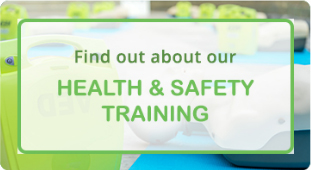What is a Needs assessment?
The aim of first aid is to reduce the effects of injury or illness at work.
Employers are duty-bound to make an assessment of first-aid needs, appropriate to the circumstances of each workplace.
This may include:
Nature of the work being undertaken, including hazards (power tools/ hazardous chemicals)
Nature of the workforce (male/female/young/old/disabled etc.)
Organizational history of accidents
Size of the organization
The needs of travelling, remote and lone workers
Work patterns (Shift work)
Distribution of the workforce
The remoteness of site/s from emergency medical services (e.g windfarm sites)
Employees working on shared sites (NB. employer are required by law to have their own first aiders)
Annual leave and other absences
Possible non-employee first aid (Theatres/sports events/ shopping malls)
First Aid reviews
Employers need to periodically review their first aid needs, particularly after any operational changes to ensure adequate provision remains appropriate. It is recommended that a record of accidents/ incidents is kept which have been treated by first-aiders and that a transparent policy regarding reporting is followed.
Incident/ Accident recording
An incident book is recommended to be kept to record incidents, which can be helpful to reference first aid carried out. It may also be helpful in insurance or investigative purposes, however, care must be taken to ensure that any incidents are kept in accordance with the General Data Protection Register 2018, as the record is a personal medical record.
Note that this incident book is not the same as an accident book, which is required to be kept under the Social Security (Administration) Act 1992, and the Social Security (Claims and Payments) Act 1992 where there are 10 or more employees working for an employer.
 Cart ( 0 Items )
Cart ( 0 Items )
 p
p



